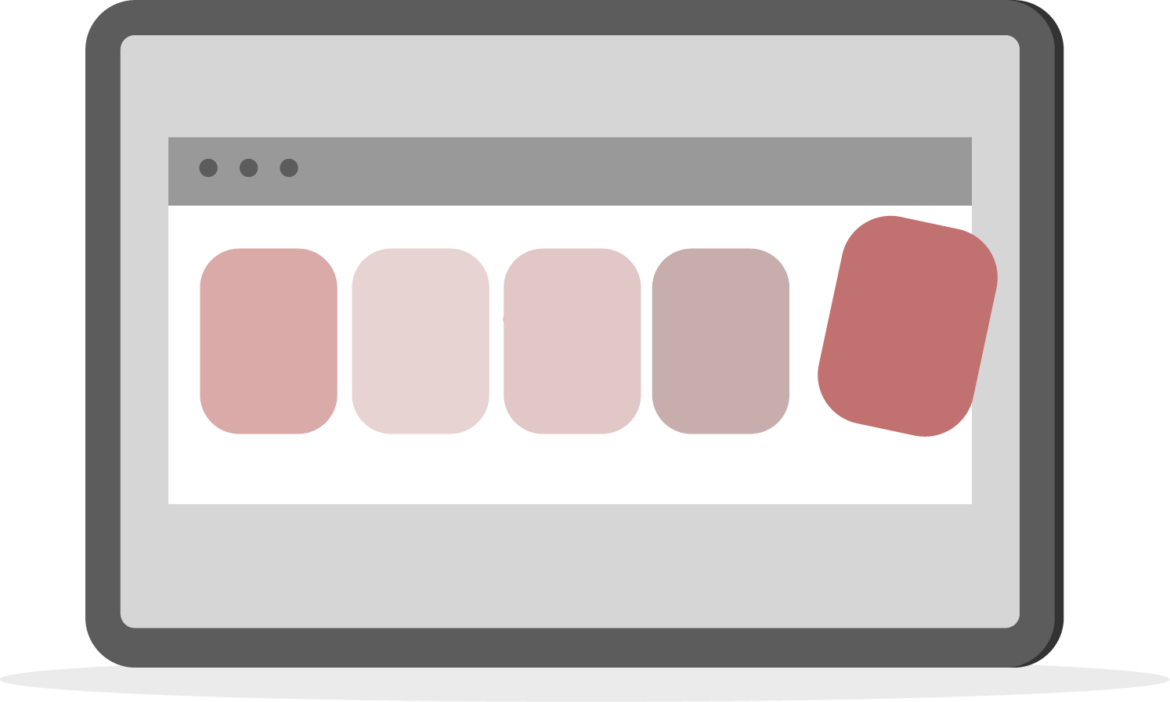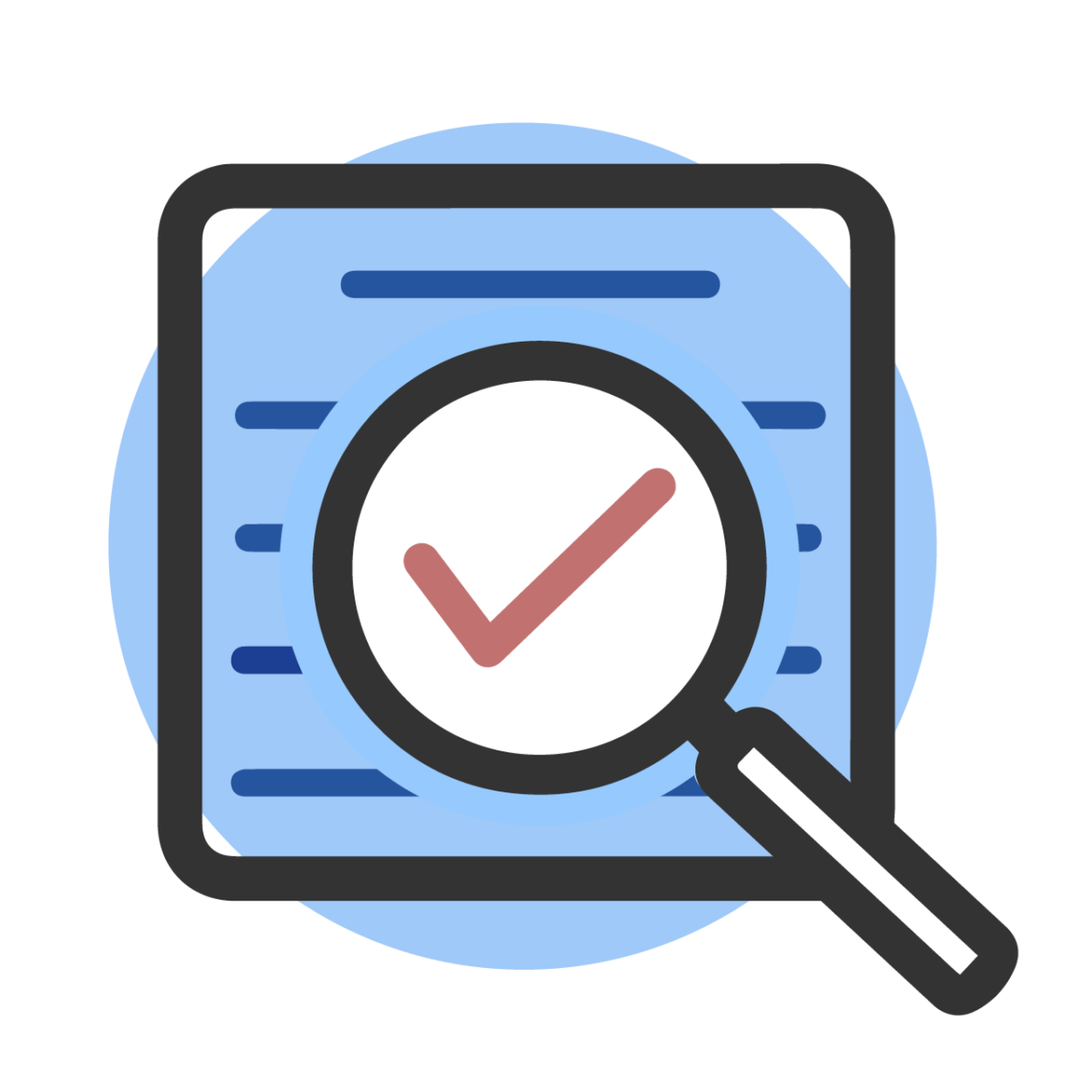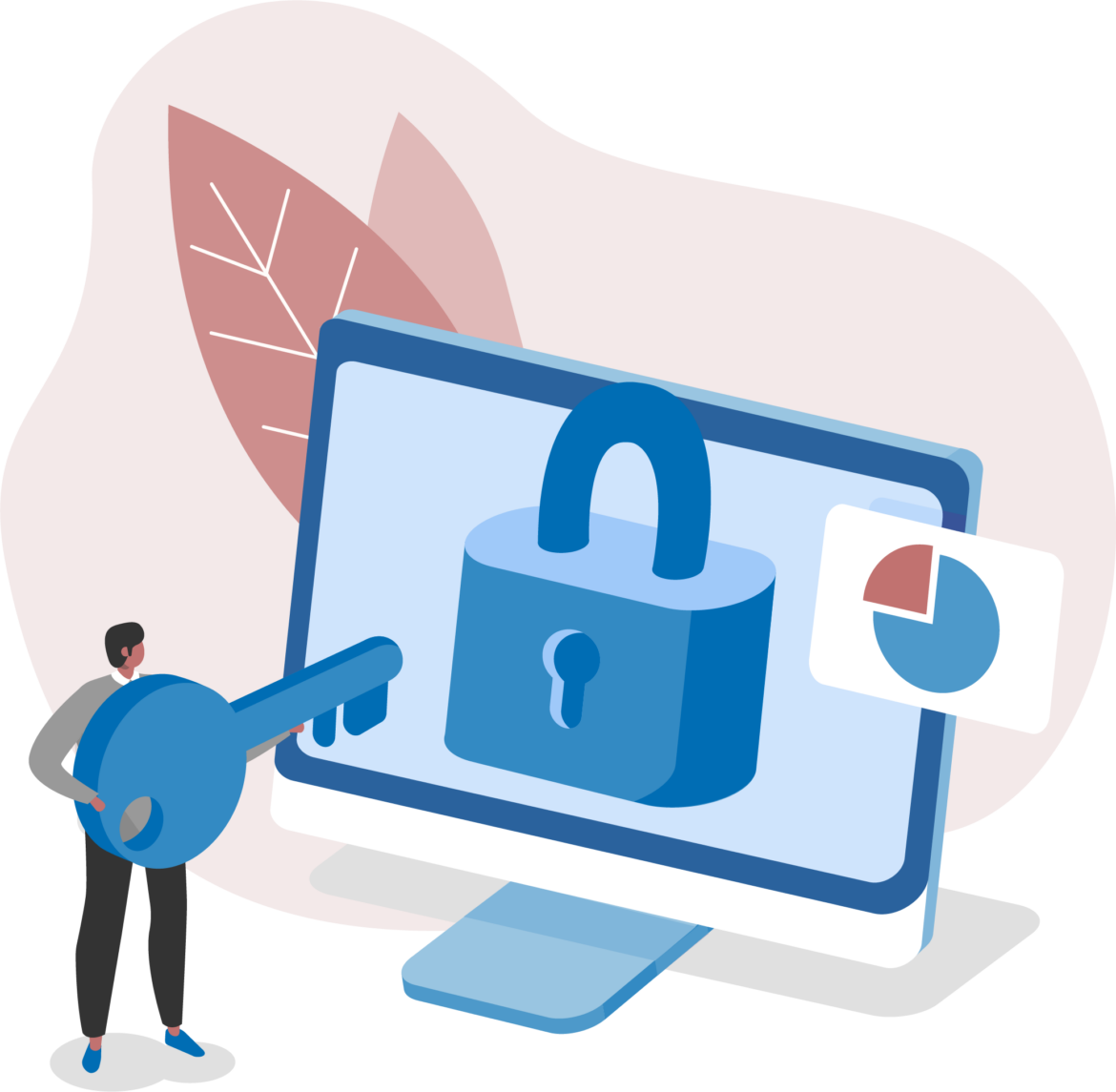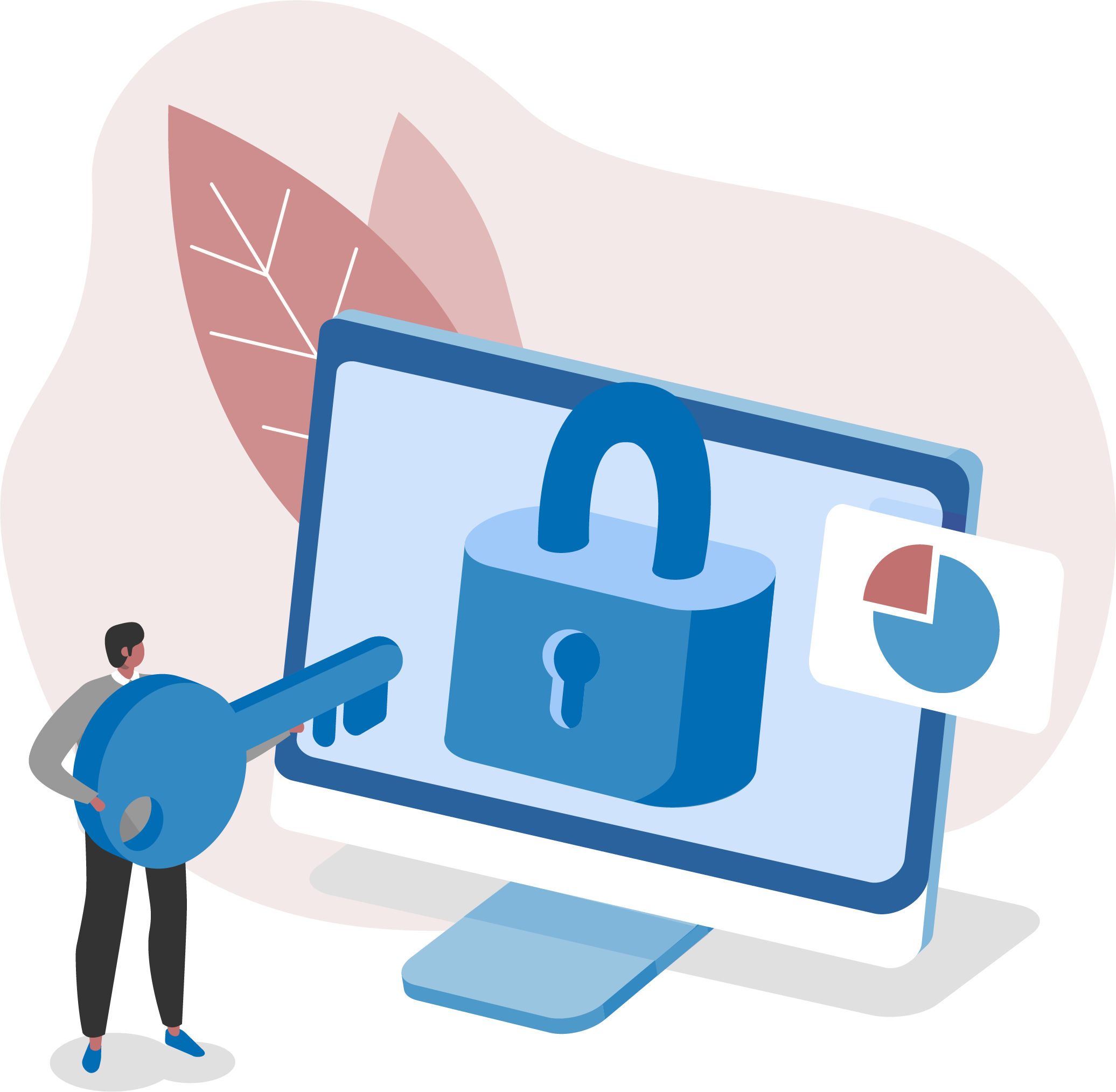Choosing a journal
Ask the right questions, get the right result
Choosing a journal for your research can seem daunting, but it doesn’t need to be. By asking some simple questions you can quickly narrow your focus.
Read on for further information and guidance to make sure that the top reason editors give for rejecting articles (that authors have submitted to the wrong journal) doesn’t apply to you.
Before you start
Ideally, you will have an idea of where you want to publish your research before you write your article.
Choosing the journal before you start writing means you can tailor your work to build on research that has already been published in your journal of choice. This can help editors to see how a paper adds to the ‘conversation’ in their journal.
In addition, as you go through this guide you’ll see many journals only accept specific formats of article, and may well have word limits and other restrictions.

As with the rest of your work, thorough research is key to choosing the best journal for you to publish in. Given the vast number of academic journals in existence, you need to have a few ways to narrow down the field to a shortlist of potential candidates.
Do some desk research
You are probably already familiar with various journals in your field from your research work. It’s worth taking a look at these first to see whether they might be a good fit.
In addition, do some searching within your library’s subscriptions and tools like Google Scholar to see which journals have published research on your subject area. And don’t forget, you can browse our journals by subject area at Taylor & Francis Online.
Speak to colleagues, supervisors, and your librarians
Another good way to identify the right shortlist of journals is to speak to knowledgeable people around you – colleagues, supervisors, and your institution’s librarians.
Depending on who you’re speaking to, you can ask a whole range of questions to help you narrow down your search, and find the best journal for you to publish in.
Example questions to ask…
Which journals do they read regularly?
Which ones do they believe are most respected?
Have they had good experiences publishing with particular journals?
And, of course, do they have ideas about which journals will suit your specific research field?
Search for call for papers

Most journals remain open for general submissions year-round. But often, a journal will promote a particular theme or topic by creating a special issue and putting out a call for papers (essentially a specific ask for submissions related to the theme).
You can search special issues and calls for papers to see whether there are any journals actively looking for research like yours. We list all of ours on our dedicated calls for papers page on Author Services.
Explore journal suggester tools
Several publishers have journal suggester tools available for you to use. These tools help you with your search, to find the best journal for you to publish in.
Our Journal Suggester works by analyzing your article abstract to find a shortlist of our journals that publish research like yours.
All you need to do is copy and paste the abstract of your article and hit the ‘Reveal suggested journals’ button. It couldn’t be simpler.
You might like to try the Taylor & Francis Journal Suggester. Simply paste your article abstract into the suggester to receive a list of related journals to consider.
Get your guide
Did you know?
We offer a program helping researchers in the Global South because we know researching and preparing work for submission can be challenging for authors and researchers who have fewer opportunities to access journals, whether financial, technological, or otherwise.
STAR: supporting authors in the Global South can help by providing free access to articles from our leading journals across subject areas.
Take the time to go through your list of prospective journals carefully to make sure you find the right fit for your research.
It is important to check through the journal’s aims and scope, which will help you to consider whether your article is relevant to the journal’s audience, and aligned with the journal’s purpose.
Once you have a shortlist, you can refine it by asking the right questions.
Below we have provided some example topical questions, to guide you when refining your journal shortlist.

Understand the audience
Do I want to publish my article in a general-interest journal, where it can reach a wide readership? Or will publishing in a specialist journal be a more effective way for my research to reach the right audience?
Do I want to publish my work in an international journal, or is my research region-specific?
Review the journal’s policies and procedures
What’s the journal’s peer-review policy? Am I happy for my work to be reviewed in this way?
What’s the submission process?
Make sure you’re also familiar with the Taylor & Francis Group editorial policies, which apply to all our journals.
Do I want to publish my work in a learned society journal?
Do I want to publish my work open access?
Do I want to publish my work rapidly? Look into F1000Research, an innovative open access publishing platform.
Understand how the journal’s performance is measured

Which journal metrics are most relevant?
Is it important to publish in a journal with a good Impact Factor?
Do I want to publish my work rapidly? Look into F1000Research, an innovative open access publishing platform.
Open Science Badges
Researchers submitting to journals that support this Center for Open Science (COS) initiative have the opportunity to apply for one or more Open Science Badges. COS currently offers three badges: Open Data, Preregistered, and Open Materials. If your article meets the criteria the badge(s) will be displayed within your article on Taylor & Francis Online.

We want to create an environment where researchers can open up research data in a way that is appropriate to their field. We believe that data should be Findable, Accessible, Interoperable and Reproduceable (FAIR).
Making your data available can increase the discoverability of your research, increasing its impact and ensuring you get credit for all your work. It also improves the robustness of the research process, supporting validation, research transparency, reproducibility, and replicability of results.
Most Taylor & Francis and Routledge journals already have a data sharing policy which encourages you to make the data associated with your article freely available for others. And a growing number of titles specifically require you to share your data under an open license which allows re-use by all.
As of April 2021, all new Taylor & Francis book publications entering the production process are encouraged to adhere to the Books Data Sharing Policy.
The F1000Research platform has a progressive open data policy, which requires all articles to include citations to repositories that host the data underlying results, together with details of any software used to process these results. Looking for guidance and support on how to prepare your data for submission to F1000Research? Explore the open data resources for researchers from F1000Research, including guides on understanding FAIR Data, data collection tips and tricks, and how to write your Data Availability Statement.

There are many different models of peer review, each of which supports researchers in publishing the best possible article and ensures that published research is trusted.

Among the peer review options we offer is the open and transparent peer review process of the F1000Research platform. In this post-publication model, each peer review report, plus the approval status selected by the reviewer, is published with the reviewer’s name and affiliation alongside the article. Authors are encouraged to respond openly to the peer review reports and can publish revised versions of their article, if they wish.
Find out how to choose open peer review for your article with F1000Research

Taylor & Francis Open Access Books: our open access Books program allows authors and their funders to publish both OA chapters and books across STEM, Humanities, and the Social Sciences under a range of publishing licenses. Books can be single-authored or have multiple authors and we offer a range of text types, from monographs to conference proceedings, textbooks to short form titles.



